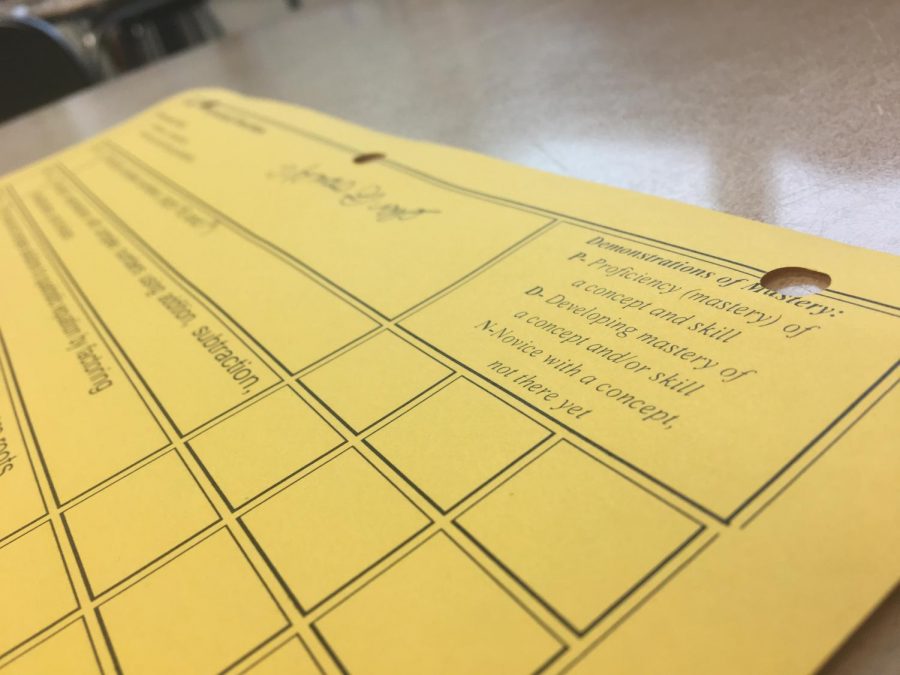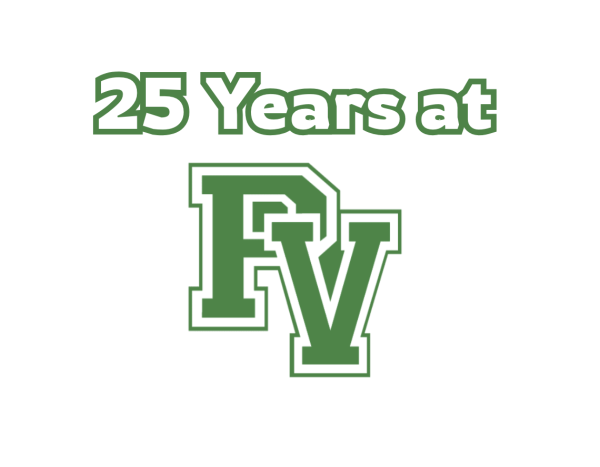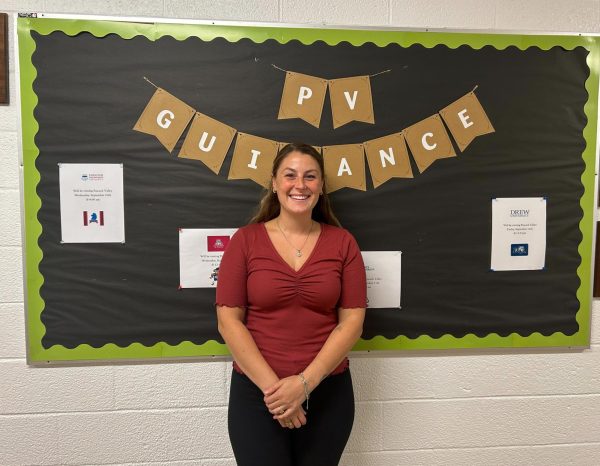Teachers discuss Standards-Based Grading in their classrooms
A sample of a Standards-Based grading sheet showing the 3 standards for math: N,D, and P. Standards follow the same guidelines of the four-point grading system.
Pascack Valley English teacher Matthew Morone utilizes the Standards-Based Grading System in his course curriculum.
Last spring, the English office collaborated with Dr. Barry Bachenheimer, the Director of Curriculum for the Pascack Valley District, and agreed that any teacher in the department who desired to follow some or all of the Standards-Based Grading System, would follow the same guidelines consisting of a four-point grading system. The four points are Beginning, Developing, Approaching, and Advanced Proficient. In the traditional grading system, Beginning would be a D-plus, Developing would be a C-plus, Approaching would be a B-plus, and Advanced Proficient would be an A-plus.
In Morone’s class, students work on 32 skills throughout the year. These skills are broken down into four categories: reading, writing, speaking and listening, and language.
“There are a lot of educational journals that have published articles and studies on the benefits on this system and how the grading is a lot more reflective of the student learning rather than random point values,” Morone said.
With respect to reading, writing, or listening, Morone recognizes that development among students can vary depending on different areas of their knowledge. Morone added that this information best supports what the requirements are for his students.
“Sometimes, if it is just more of a broader, more general grade, it is hard to see what needs to be improved and what is successful, but with this [Standard Based Grading] you can see exactly where you need to focus,” Morone said.
Every time a student has displayed a certain skill, Morone reevaluates the grade on that standard. The grade in the standard changes with the growth of the practical skill.
“The actual classroom is a lot more like practice and trying to develop your skills,” Morone said.
Morone believes that the standard system is very beneficial.
“Teachers often talk about wanting students to take risks and not be afraid of failure. In the traditional model, it is a lot harder for students to do that,” Morone said. “When students have the opportunity to attempt something that might be more revealing that develops their abilities better but is riskier, in the standards based model, they are more likely to try it knowing that it could pay off and really demonstrate that growth. But if they try and they fail, they still have the opportunity to build on it.”
PV English teacher Mr. Brett Conrad also utilizes this system in his classroom. English teacher Ms. Bonnie Slockett also uses it for some of her classes.
According to Morone, most of the software that is being released in education, these days, is becoming geared to this system and way of teaching. Morone added that this system of learning is becoming more well known and “gaining traction and steam, in terms of educational philosophy.”
Morone, Slockett, and Conrad are not the only ones who are using this system. Math teachers Ms. Christina Rossi and Ms. Maria Hinrichsen have selected an alternative system for grading revolving around Standards-Based Grading. This system also is used by various teachers in the mathematics department.
Hinrichsen explains how this system got started in the Calculus curriculum.
“I think this started from Dr. Russo asking if anyone would be interested in trying it, and I was interested and thought it would be very manageable to do it in Calculus because I only had one Calculus class,” Hinrichsen said. “There are always new ways to think about how you teach and assess. Ms. Rossi and I both agreed that we would be willing to try it.”
In Calculus, the students get graded on different aspects. 65 percent of their grade is a content standard, five percent of their grade is a process standard, 10 percent of their grade is problem sets and graded class work, and 2o percent of their grade is made up of unit tests. The 65 percent on content standards is graded on a scale from zero to five.
“The remediation process is fair in length, but the goal is not to just retake it, but to really make sure you know it and then retake it,” Rossi said.
Students have the ability to retake standards if they have handed in all their homework and complete test corrections and extra problems. They can retake a standard as long as they stay within the realm of the deadline that the standard can be retaken in.
“I like the aspect of it [Standards-Based Grading] that the focus is on learning and not the grade,” Rossi said.












